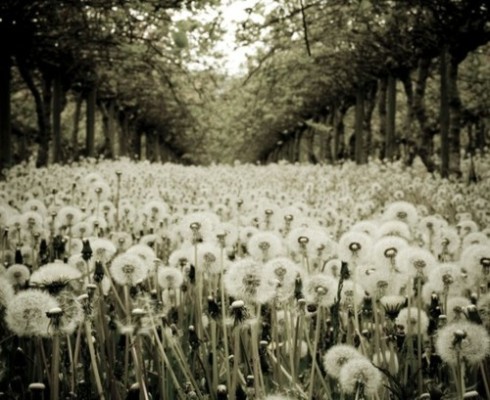Today was our last Ecology and Design Class. We finished off the term with a seminar on passive housing.
Articles one discussed “How can a home more effectively self regulate energy consumption? How can it monitor potential hazards and dangers so that its inhabitants don’t have to? How can the house become flexible accommodation that will permit us to stay in the same place as our families grow?”. According to Le Corbusier, a house with all it systems and appliances is a “machine for Living”, and he is correct, our houses are as much a living organism as we are. They age, grow, and reinvent themselves just as we do. So it is only fair that they should be made to be friendlier towards the earth, they need to adapt as much as the human race does. It is simply a matter of being smarter with how we do things. We can have the same amount of comfort level as we have now, simply by making smarter decisions towards various aspect of our daily decision. As far as heating, we can heat and cool our houses passively by looking towards sun, shade, and wind. According to the article it is “possibly to ‘zero out’ our energy consumption so tat we generate as much power as we use, and sometimes even achieve a surplus that can be fed back into the power grid”. Take a look at Zoka Zola’s Zero Energy House in Chicago, it is an extremely stylish, energy-balanced house. It generates 100% of its own power by harnessing the wind and sun. Chicago is not that much different from Winnipeg, which I think is a great example of how we can also implement this type of technology in our city, despite having such a harsh and varying climate.
Zero Net Energy House, Zoka Zola Architects
Article speaks about Thermal behavior and Renewable energy. Its starts off by speaking about the possible 4-6 degree temperature increase that is expected to happen by the end of the century and the severity of the weather that is expected to come from that temperature change. The Brighton Earthship is located in Stanmer Park, co-owned the townships of Brighton and Hove. It is a building that has been erected on a volunteer basis. It was undertaken by the Brighton Low Carbon Network in 2002 and was finished in 2006. The building is designed to use only recycled building material, passive heating, photovoltaic power systems, rainwater harvesting, solar hot water heating, and black and grey water treatment systems. It does not have a foundation, as the earth underneath it is stable and level enough to support it. It is a very interesting project that really shows how all this technology is possible, that it is possible to build a three-story building while having the least amount of disturbance to the earth. This may not work completely all over the world, but it serves as an example, a precedent for similar works.
Brighton Earthship
Article 1:
Chapter on Building a Green home
Article 2:
Ip, Kenneth, and Andrew Miller. “Thermal Behavior of an Earth-Sheltered Autonomous building- the Britghton Earthsip.” Elsevier, February 28, 2009, 2038-2043.
Image 1:
“view looking east” Unkown, http://www.zokazola.com/prj_adams_zeroenergy.html, Accessed April 13th
Image 2:
Unkown, http://commons.wikimedia.org/wiki/File:Earthship_Brighton_Front.jpg, Accessed April 13th










